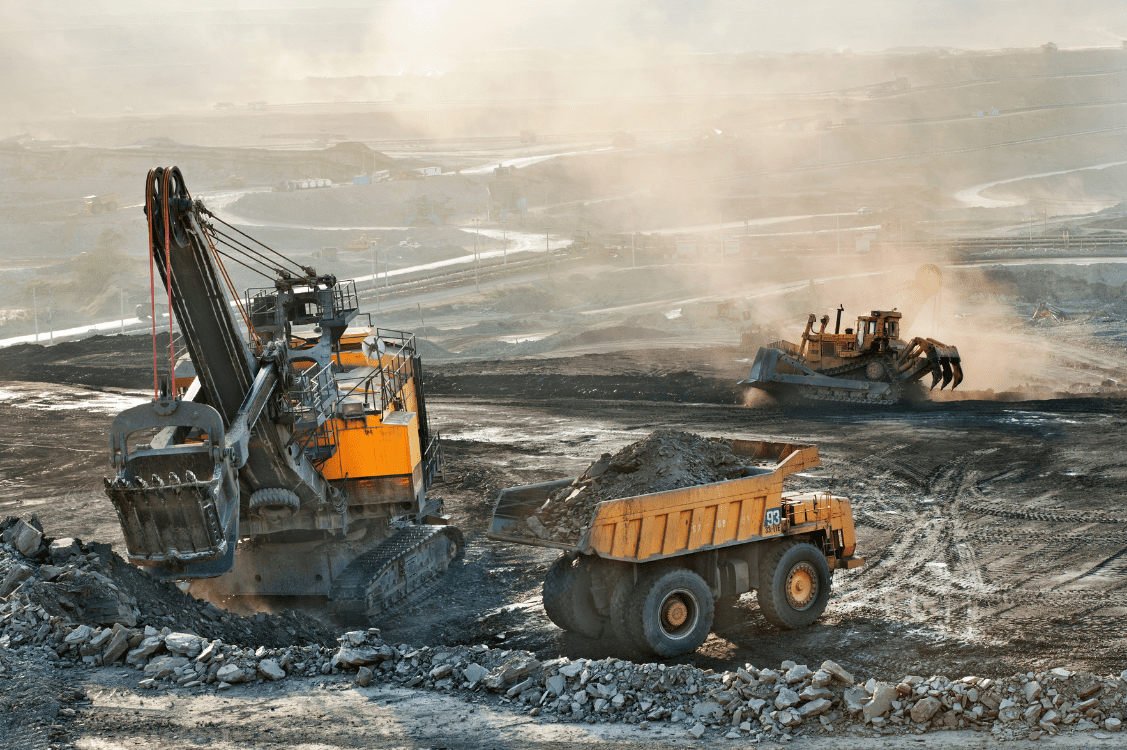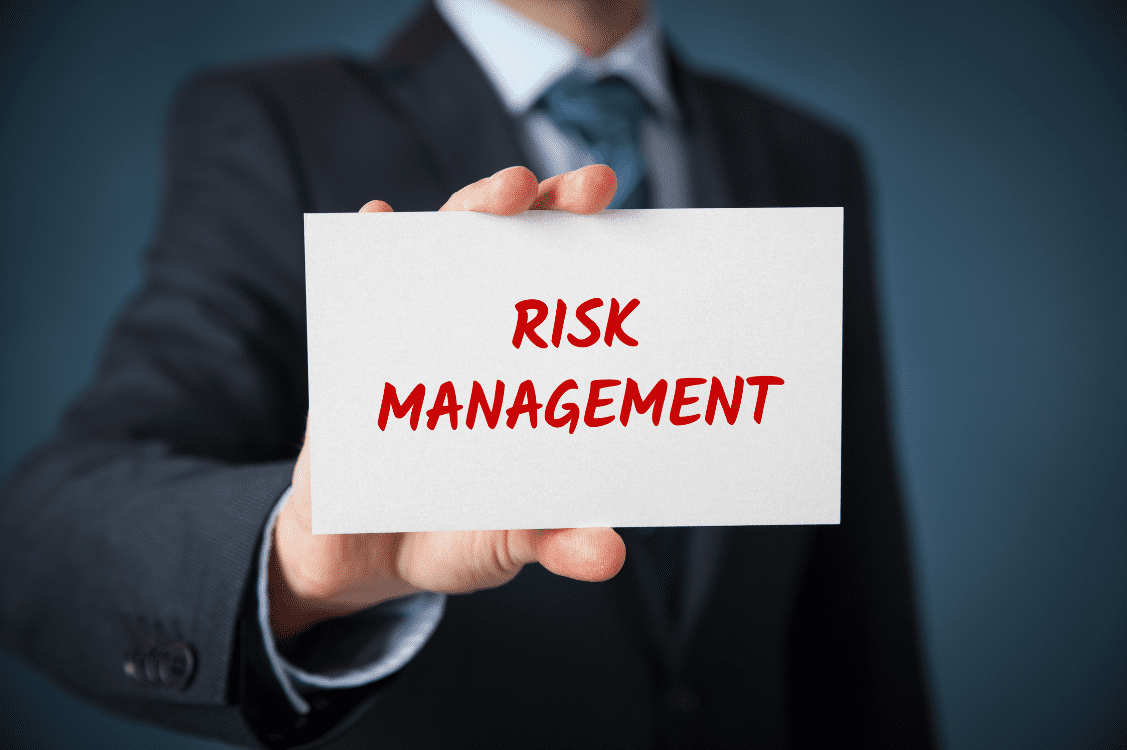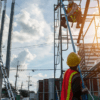The mining industry is one of the most prominent industries globally, with multiple countries around the world establishing it as a major source of earnings. It also showed a remarkable amount of resilience during the post-pandemic period, with many global mining companies steadily continuing and even expanding their operations. However, the industry faces unique challenges, specifically in security for mining operations that need to be addressed for continued growth.
In 2020, China produced metallic minerals and coal valued at over 217 billion US dollars. Australia ranked 2nd, with a valuation of 121 billion US dollars in its mining industry output.
The global mining industry is expected to invest around 1.7 trillion US dollars in capital expenditure over the next 15 years, signifying a high rate of growth.
Mining has always been a high-risk industry and with recent developments in the global economy, climate change, and geopolitics, it is facing more risks than ever before. Regardless of these external risks, one challenge that is ever-present in the mining industry is security.
Ensuring the security of employees, equipment, and raw and processed materials are all vital considerations that should be taken into account by mining companies. The mining industry employs around 3.7 million people globally at this point in 2023, and effectively managing mining operation security is a must to ensure their safety in addition to the revenue considerations and compliance requirements.
Here are the major challenges in security facing mining operations in 2023 and how mining companies can address them to ensure the continued success of the industry.
Challenges in security for mining operations
The main challenges the mining industry faces in terms of security are as follows.
Physical security risks
The key security concern for the mining industry is keeping its employees safe. Mining operations are often conducted in remote and challenging environments with harsh conditions and protecting the workforce is of utmost importance, both for company bottom lines and regulatory concerns.
Additionally, protecting mining equipment from damage, theft, and vandalism while also protecting the perimeter from intrusions are also important concerns for mining companies.
Cybersecurity risks
As more mining companies embrace digitalisation and become increasingly connected, the risk of cyber attacks also increases. These can range anywhere from state-sponsored cyber attacks fuelled by geopolitical tensions or individual malicious actors trying to gain financial gain.
Cyber attacks can cause operational disruptions, compromise sensitive data, and damage the reputation of the company.
Regulatory risks
The mining industry is facing increasingly stringent regulations from governments, mostly due to increased climate change considerations. Mining companies are required to adhere to the increased environmental, social, and corporate governance regulations put forth by local and international governments and regulatory authorities.
The effects of these regulations can be seen in the sustainability reports issued by mining companies in accordance with the Global Reporting Initiative (GRI). Only 40% of the top 40 mining companies published standalone sustainability reports in 2012, and this figure went up to 90% five years later.
Furthermore, 25 of the top 40 mining companies also published decarbonisation goals in their most recent sustainability reports as of 2023.
Social risks
Mining companies are also facing increased scrutiny from local communities and other social circles. This can be the result of disturbance caused by mining activities to locals, damage caused to cultural, historical, archaeological, or religious sites, strain on infrastructure, and site security issues.
Escalated social risks can cause severe operational disruptions and even business closures as a result of severe incidents.
How challenges in security are addressed
According to “Mine 2023: The Era of Reinvention” published by PwC in June 2023 details several methods for mining companies to address these challenges. These are as follows:
- Conducting regular risk assessments to identify and prioritise security risks.
- Developing and implementing security policies and procedures to mitigate risks.
- Investing in security technologies like surveillance systems, access control systems, and cybersecurity tools.
- Building strong relationships with local communities and stakeholders to address social and political risks.
- Providing regular training and awareness programs to employees to promote a security culture.
Address challenges in security for mining operations with effective risk management procedures
As the mining industry faces increased challenges in security for mining operations arising from physical security, cybersecurity, regulatory, and social risks, it’s clear that effective risk management strategies are necessary to counteract them.
Implementing well-thought-out strategies for risk management in mining can help companies overcome these challenges effectively.






